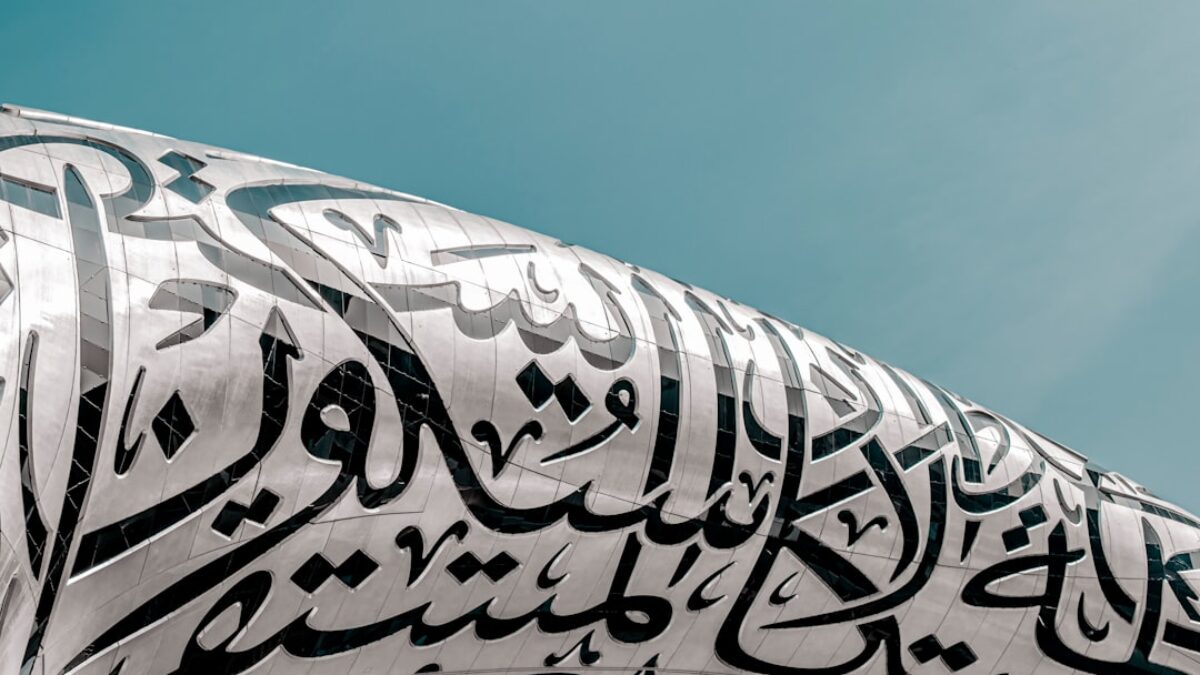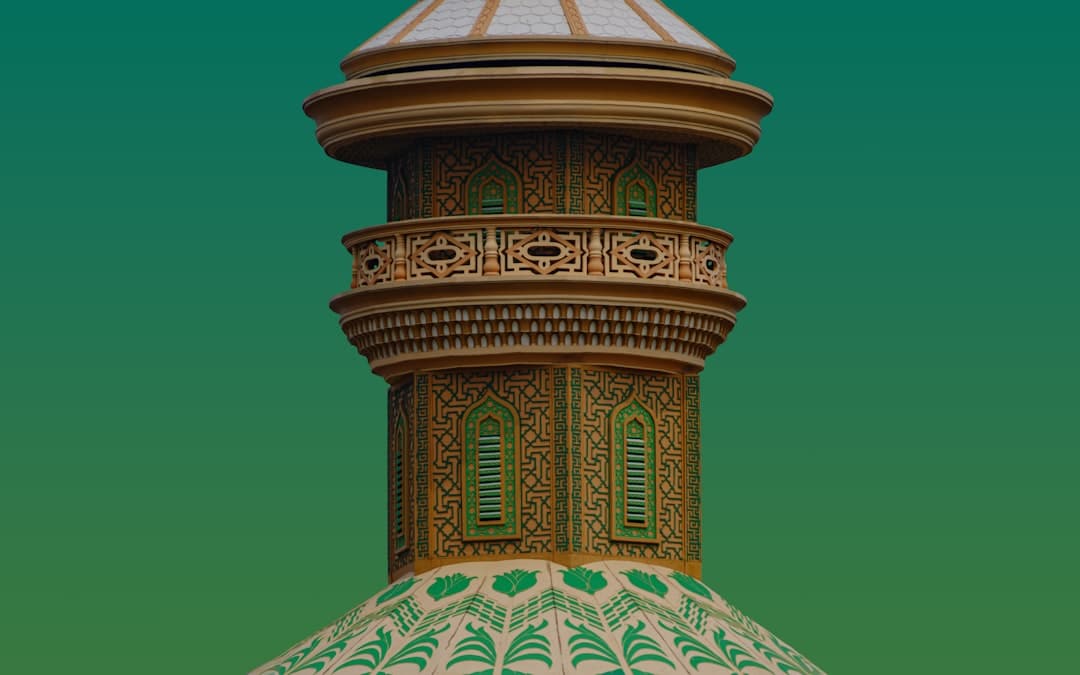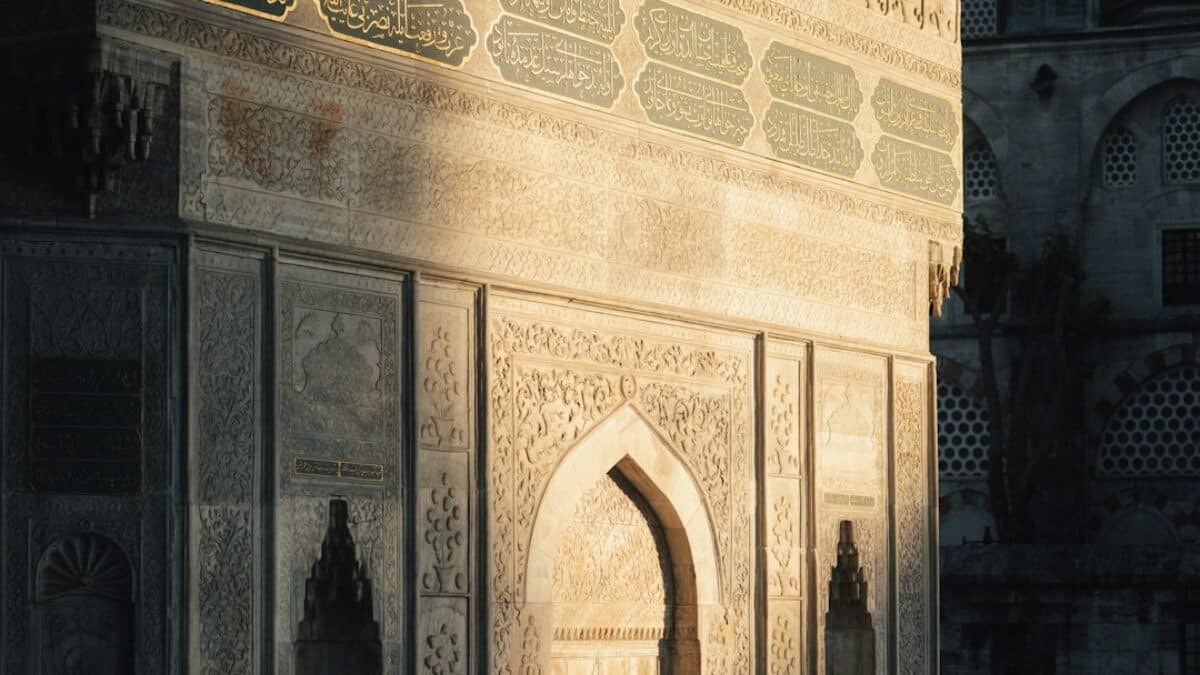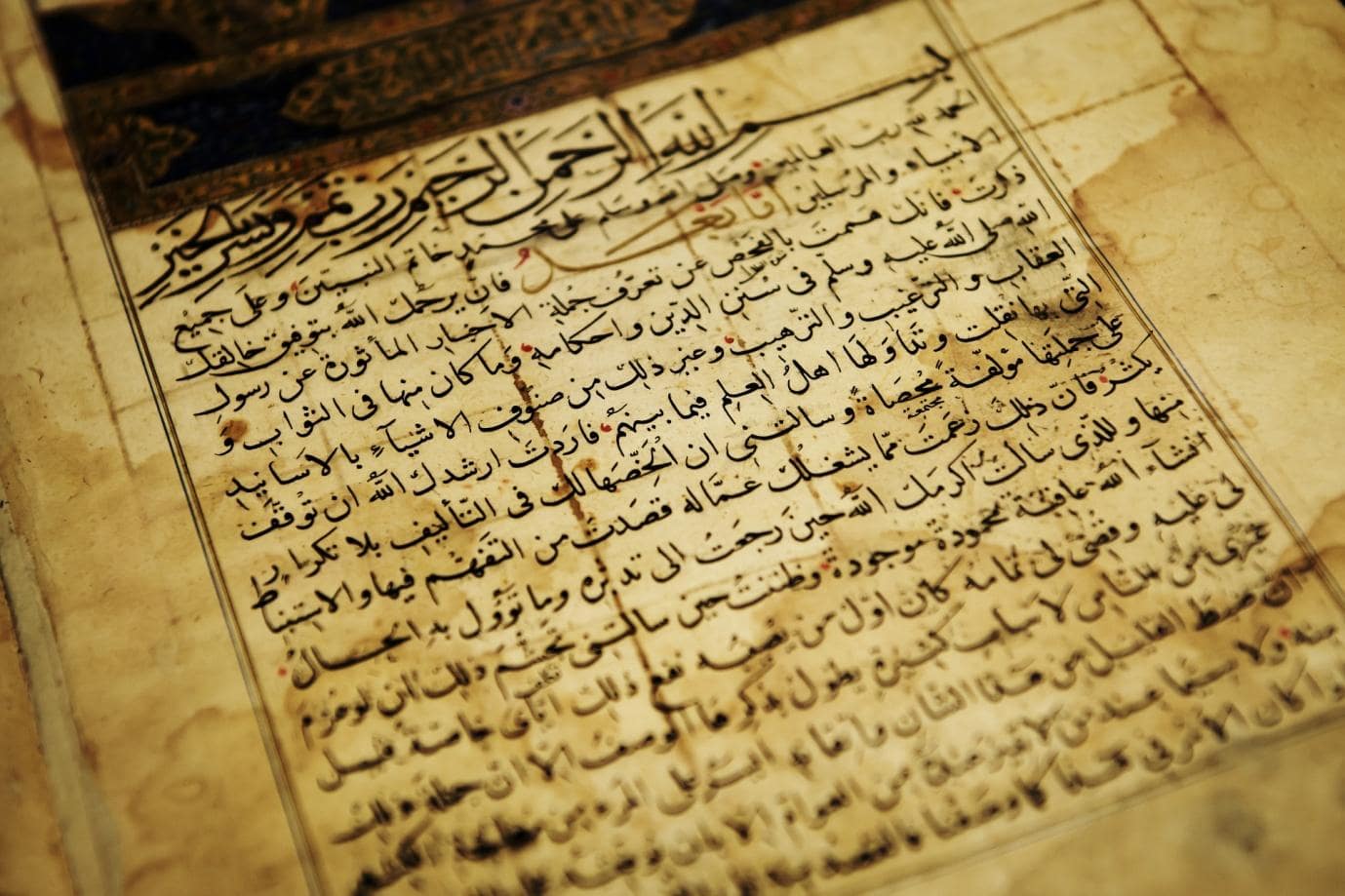Imagine stepping into a giant time machine that takes you through more than 1,400 years of amazing adventures, brave heroes, dazzling cities, and incredible inventions—all from the Islamic world! From the moment the first words of the Qur’an were revealed to Prophet Muhammad ﷺ in a quiet cave, to today’s bustling Muslim communities on every continent, Islamic history is packed with stories that sound like they come straight out of a favorite book. In this kid-friendly timeline, every stop is short, colorful, and packed with fun facts you can share at school or around the dinner table.
Understanding the Islamic Timeline
An Islamic timeline is like a comic strip of history. Instead of drawings in boxes, we have dates, events, and mini-stories lined up in order. Islamic years are counted in Hijri years (AH), which are a little shorter than the Gregorian years (CE/AD) we use in everyday life. Think of them as two different rulers measuring the same long road—one ruler just has slightly smaller inches. That’s why AH dates look smaller even though they cover the same ground.
How to Read the Timeline
- Look for the year (both CE and AH are given so you can compare).
- Read the one-sentence headline in bold to get the big idea.
- Check the “Cool Kid Fact” for a wow-detail.
- Notice the color icon (📿 for worship, 🏛️ for buildings, 🧪 for science, etc.).
Key Components of the Islamic Story
Islamic history isn’t just about battles and kings. It’s about people, ideas, and inventions that changed the world. We’ll explore five big themes:
1. Revelation & Early Community (570–632 CE)
Birth of the Prophet ﷺ – Year of the Elephant (570 CE)
- Event: A baby named Muhammad is born in Mecca. That year, an army riding elephants tries to destroy the Ka‘bah, but birds drop stones and the army flees—hence the name “Year of the Elephant.”
- Cool Kid Fact: Prophet Muhammad’s first job was as a shepherd—just like many kids’ summer chores!
First Revelation in Cave Hira (610 CE)
- Event: At age 40, Muhammad ﷺ receives the first verses of the Qur’an from the angel Gabriel while meditating in a mountain cave.
- Cool Kid Fact: The word “Iqra’” (“Read!”) was the very first word of revelation—perfect reminder to love books.
The Hijrah to Madinah (622 CE)
- Event: To escape persecution, Prophet Muhammad and his followers travel 320 km north—this migration is called the Hijrah and marks the start of the Islamic calendar.
- Cool Kid Fact: The Prophet and his best friend Abu Bakr hid in a cave where a spider spun a web across the entrance, tricking the trackers!
Conquest of Mecca & Farewell Sermon (630–632 CE)
- Event: Mecca opens its gates peacefully; idols are removed from the Ka‘bah. Two years later, the Prophet gives his Farewell Sermon about equality and kindness.
- Cool Kid Fact: More than 100,000 Muslims listened to the sermon on the same plain where pilgrims stand today during Hajj.
2. The Rightly Guided Caliphs (632–661 CE)
After the Prophet passed away, four close friends called Caliphs led the community. Their nickname is the “Rightly Guided” because they followed the Qur’an and Sunnah closely.
| Caliph | Years | Big Achievement | Kid-Friendly Analogy |
|---|---|---|---|
| Abu Bakr | 632–634 | Collected the Qur’an into one book | Like saving all your photos into one cloud folder |
| Umar | 634–644 | Expanded the empire to Egypt & Persia | Like leveling up in a video game |
| Uthman | 644–656 | Standardized the Qur’an text | Like choosing the final font for the class yearbook |
| Ali | 656–661 | Promoted justice and equality | Like a superhero judge who stands for fairness |
3. Golden Age Dynasties (661–1258 CE)
Three powerful families took turns building the most advanced civilization on Earth at that time.
The Umayyads (661–750 CE)
- Capital: Damascus, Syria
- Iconic Building: The Dome of the Rock in Jerusalem, shining with real gold!
- Cool Kid Fact: The world’s first bank checks were used in Umayyad Spain.
The Abbasids (750–1258 CE)
- Capital: Baghdad, Iraq—nicknamed the “Round City” because it was built in a perfect circle.
- House of Wisdom: A mega-library and science lab where scholars translated books from Greek, Persian, Indian, and Chinese into Arabic.
- Cool Kid Fact: An Abbasid inventor, Al-Jazari, built robotic elephants that actually poured drinks!
The Cordoba Caliphate in Spain (929–1031 CE)
- Cool Achievement: Over 70 libraries and street lights in Córdoba—500 years before London.
- Cool Kid Fact: Córdoba’s main mosque had 1,293 columns made of jasper, onyx, and marble. Imagine playing hide-and-seek there!
4. Great Inventions & Everyday Life
During the Golden Age, Muslim scientists and artists were like real-life Avengers, each with a super-skill.
Medicine
- Al-Razi wrote the first book on smallpox and ran a hospital in Baghdad.
- Cool Kid Fact: He told medical students “laugh with patients” so they felt better—early “laughter therapy!”
Mathematics
- Al-Khwarizmi gave us the word “algorithm” and the numbers we use today (0–9).
- Cool Kid Fact: Try writing “201” in Roman numerals (CCI) versus our numbers—thank Al-Khwarizmi for the shortcut!
Astronomy
- Observatories in Baghdad and Samarqand mapped the stars so accurately that later European sailors used their charts.
- Cool Kid Fact: Craters on the Moon are named after Ibn Firnas and Ulugh Beg.
5. From Empires to Modern Nations (1258–Today)
Around 1258 CE, the Mongols burned Baghdad, ending the Abbasid Caliphate. But Islamic culture kept traveling, mixing, and growing.
Ottoman Empire (1299–1922 CE)
- Headquarters: Istanbul, Turkey (with the famous Blue Mosque).
- Cool Achievement: Built the first bridges with train tracks connecting Europe and Asia.
Mughal Empire in India (1526–1857 CE)
- Iconic Building: The Taj Mahal—built by Emperor Shah Jahan as a love letter in marble to his wife.
- Cool Kid Fact: The Taj’s four minarets tilt slightly outward so they would fall away from the dome in an earthquake.
Modern Nation-States (20th–21st Century)
- By 1950, most Muslim lands became independent countries like Indonesia, Pakistan, Algeria, and Malaysia.
- Space Age: In 1985, Saudi Prince Sultan bin Salman became the first Muslim astronaut, praying floating in zero gravity.
- Digital Age: Today, over 1.9 billion Muslims use apps like “Muslim Kids TV” to learn Qur’an and history in fun, animated ways.
Fun Mini-Projects to Bring History to Life
1. Build a Cardboard Ka‘bah
Materials: Shoe box, black paint, gold ribbon, black cotton for the Kiswah cloth.
Steps:
- Paint the box black.
- Add a gold ribbon line near the top.
- Cut a small door on one side.
- Place Lego figures around it to reenact the Conquest of Mecca.
2. DIY Astrolabe
Materials: Cardboard, protractor, string, bead.
Learning Goal: Measure the height of a star the way Abbasid astronomers did.
3. “Golden Age Science Fair”
Pick one invention, create a poster, and demonstrate it. Examples:
- Coffee filter chromatography to mimic early chemistry ink tests.
- Pinhole camera based on Ibn al-Haytham’s optics.
Benefits and Importance
Studying Islamic history helps kids:
- See positive role models who valued knowledge, patience, and kindness.
- Understand that science and faith can work together.
- Appreciate cultural diversity in food, art, and architecture.
- Feel proud of a heritage that invented hospitals, universities, and even marching bands!
Practical Applications in Daily Life
1. Moral Lessons
Story: When Prophet Muhammad ﷺ was pelted with stones in Ta’if, he prayed for the people’s guidance instead of revenge.
Application: Next time someone is mean on the playground, try responding with kindness or walking away (prophetic style!).
2. Time-Management
Early Muslims divided the night and day by prayer times. Use a prayer-time chart to schedule homework, chores, and breaks.
3. Charity Habits
The third Caliph, Uthman, gave half his wealth to build a well for a poor community. Start a Friday Sadaqah jar at home—drop in spare coins and donate monthly.
Frequently Asked Questions
How old is Islam?
Islam began in 610 CE when revelation started, making it over 1,414 years old in 2025.
Why do Islamic years look smaller than regular years?
The Hijri calendar follows the moon, with 354 or 355 days per year—about 10–11 days shorter than the sun-based Gregorian calendar. It’s like using a shorter measuring tape for the same distance.
Were all Muslim rulers good?
No. Like any long history, there were wise rulers and unfair rulers. The Qur’an reminds humans that Allah sees every action, encouraging accountability.
Did girls go to school in the Golden Age?
Yes! Fatima al-Fihri
























Post Comment